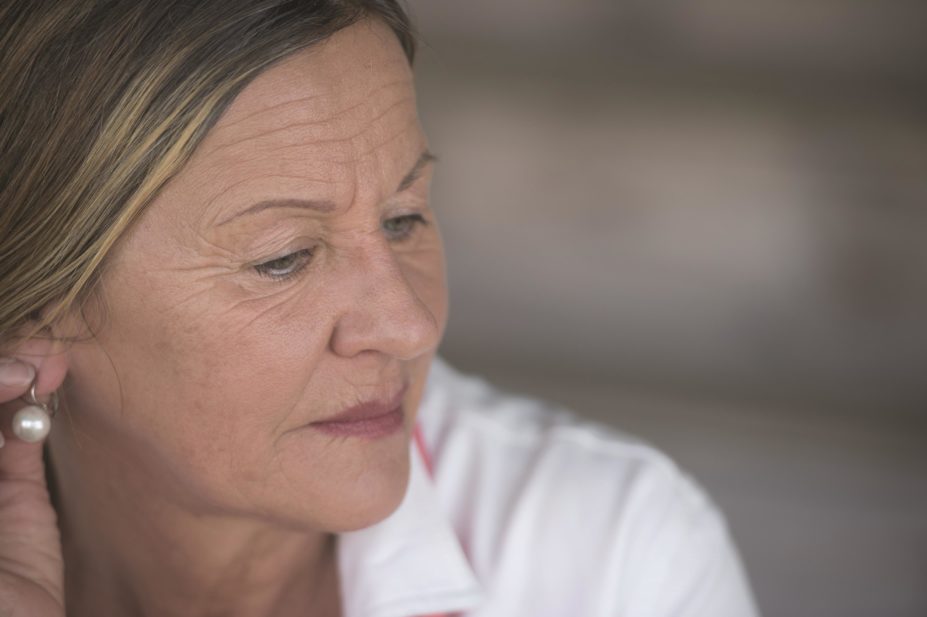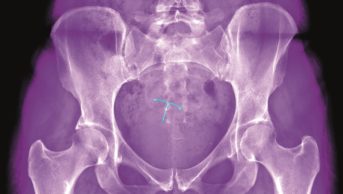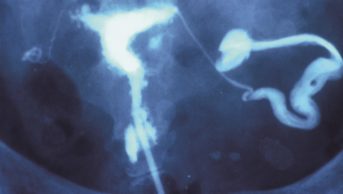
Shutterstock.com
Vaginal oestrogen could improve the quality of life for a subset of post-menopausal women, without the high levels of systemic hormones found in hormone replacement therapy (HRT), according to a paper[1]
published in Menopause on 12 August 2015.
Back in 2002, the results from the Women’s Health Initiative (WHI) study, a randomised controlled primary prevention trial, caused a dramatic fall in prescriptions issued for HRT and its use by women. The study[2]
suggested there were more risks than benefits for using oestrogen plus progestin HRT, with more cases of invasive breast cancer and heart disease in the treatment group than in the women taking placebo.
“After the 2002 publication, many women were worried about the findings, and there was a huge drop in prescriptions of systemic HRT,” says Heather Currie, chair of the British Menopause Society, associate specialist gynaecologist at Dumfries and Galloway Royal Infirmary, Scotland, and managing director of Menopause Matters.
One of the distressing symptoms of menopause is vaginal atrophy, caused by the fall in the levels of oestrogen. This leads to vaginal dryness, itching and irritation, as well as painful sex and reduced sexual activity. These symptoms affect women’s quality of life, and may persist long term after other symptoms have resolved, even in women treated with systemic HRT.
“The vaginal effects of menopause are common and undertreated,” says Currie. “Whereas symptoms like hot flushes may get better, vaginal problems can persist.”
The study enrolled 310 women who were postmenopausal and were using HRT or had used HRT in the past; less than 1% declined participation. The researchers found that around a quarter of the women used vaginal oestrogen, either alone or alongside systemic HRT, and this group reported better sexual quality of life. However, the researchers pointed out that there has been a lack of long-term studies looking at the health risks of vaginal oestrogen.
“Vaginal oestrogen is very effective,” says Currie, “and around a quarter of women on systemic HRT may benefit from additional vaginal oestrogen.”
While no single approach to treatment will help all women, this report suggests that vaginal oestrogen could offer a viable alternative for the subset of women with urogenital problems, and potentially with lower risks than systemic HRT. This would provide women with more options, but they will need access to further information in order to make informed choices, Currie adds.
References
[1] Setty P, Redekal L & Warren MP. Vaginal estrogen use and effects on quality of life and urogenital morbidity in postmenopausal women after publication of the Women’s Health Initiative in New York City. Menopause 2015;23:0.
[2] Rossouw JE, Anderson GL, Prentice RL et al. Risks and benefits of estrogen plus progestin in healthy postmenopausal women: principal results from the Women’s Health Initiative randomized controlled trial. JAMA 2002;288(3):321–333.


